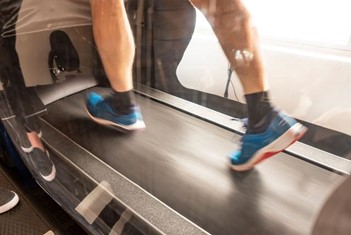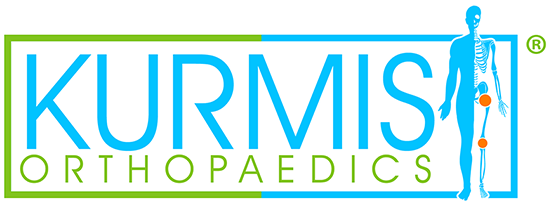
While gyms have closed and have been this way for a number of weeks now, many of us have taken to the streets! ….to run or walk in order to maintain fitness or just as an excuse to leave the house while working from home or self isolating.
While both are great methods for developing &/or maintaining cardiovascular health & fitness (and like any new or increased activity) we can run into the issue of overload. Where the tissues of the body experience more than usual amounts of force and use which can lead to pain and limitation. Often seen as damage and injury, these experiences are generally a sign that perhaps that spontaneous 5k was indeed too much, too soon.
But why?
 With any weight-bearing activity there is a degree of force down through the body, gravity, and an equal and opposite force up through the body via the ground, the ground reaction force, which keeps us down onto the ground, walking around and moving as we are used to.
With any weight-bearing activity there is a degree of force down through the body, gravity, and an equal and opposite force up through the body via the ground, the ground reaction force, which keeps us down onto the ground, walking around and moving as we are used to.
During an activity like walking, the body experiences ground reaction forces of about 1.2 x bodyweight whereas during running it is closer to 2.5 x bodyweight as there is a short period of time between running steps where neither feet are on the ground (know as flight phase) which causes short spikes in the force with the impact of landing.
Now this is often thought to be a downside to running, that if done repeatedly will lead to an increased likelihood of osteoarthritis, which is in fact a common myth.
What CAN however be the case is that the volume of running, or even walking, being undertaken at a given point in time is too much for the current tolerance of the body and the tissues associated with certain joints leading to the experience of running related pain.
Most commonly: Achilles tendinopathy, plantar fascitis, anterior knee pain & lateral hip pain.
What can be done?
The most important step to take early on is to manage the volume of the activity, especially if it is indeed a new habit or a return after some time, to ensure it is a gradual increase over enough time for the body to adapt.
However if we’re past this & the “too much” has already occured, it may be time to briefly take things down a notch; reduce speed or distance to improve comfort, or revert to walking if running is too much to tolerate at all.
Then over time, as the body calms and allows more, slowly build back up towards what you were doing or where you were wanting to get to, in a gradual manner, focusing on how the body responds.
It may also be important for you to concurrently build strength & endurance of the muscle groups involved with the common running injuries, such as the calf, glutes, hamstrings & foot muscles, to boost their tolerance and capacity to accomodate the forces of running or walking.
For help with exercise programming or assessment and advice regarding any running related (or other) issues or injuries, seek an appointment with one of our physios by calling the clinic at 83421233 or heading online.
Claudia Neubauer – Physiotherapist























